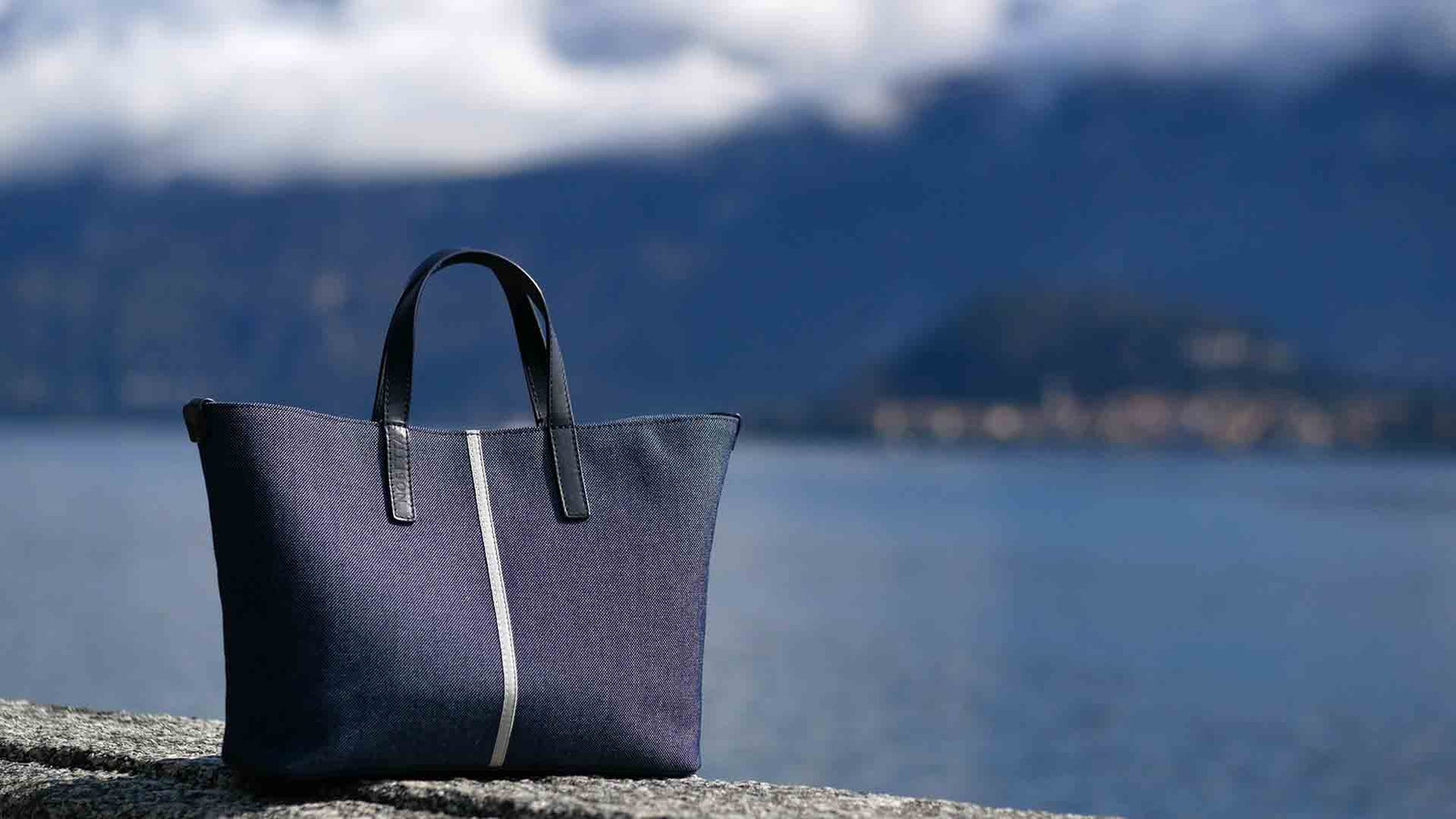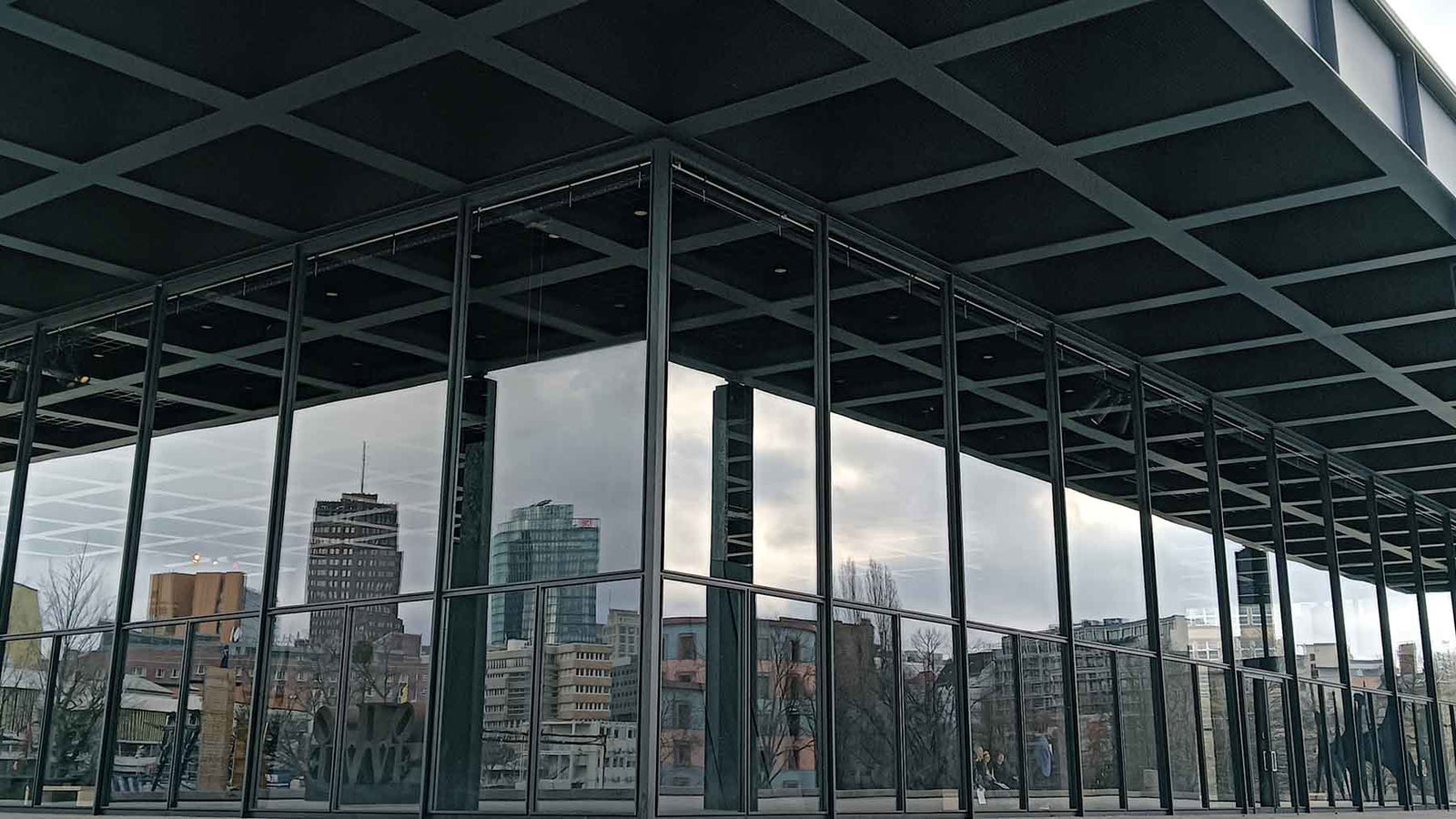Your Cart is Empty
FREE EXPRESS SHIPPING (EU, CH, UK, US, CA & SG)
The textile activity of the territory of Como has a thousand-year history. Numerous archaeological finds, such as fragments of fabric, loom tools, and rock carvings, show that the art of weaving in Como has developed since prehistoric times.
Como area was appreciated in Europe as early as the 1300s for its wool fabrics, but its fame as an excellence in the production of prestigious yarns began to spread from the early 1400s. At that time the Silk Road connected the most varied cities and cultures east to west, so this way the city of Como, one of its western terminus, discovered a new light, elegant and shiny fabric from China: silk.

Tintoria Pessina archive - first half of the 1900s
The lake offered the favorable climate and the waterways necessary for the cultivation of the mulberry, which serves as nourishment for silkworms. In a short time hundreds of silk workshops and thousands of artisans, and expert weavers were born, and in the 1800s they converted their family businesses into modern industrial workshops. Industrialization and the use of machinery allowed these families to refine their production techniques, however, life in the spinning mills was extremely hard. The workers were mainly women and girls, who worked all day with their hands immersed in boiling water, which caused painful reactions to the skin. The use of boiling water was necessary to provide quality yarn, and it was maintained until beyond the mid-1900s.

To date, Como produces 80% of the European silk and 95% of the Italian one. The prestige of Como silk is mainly due to the quality of the manufacturing, which maintains the precision and accuracy of tradition even in modern times. Since 1900 various artists and designers have contributed to making the designs of Como silks famous all over the world. The yarns have become works of art.

Nosetta Crossbody bag with Limonta Fabric
Later Como textile companies expanded their production, also including other refined fabrics such as satin, organza, brocade, and chiffon. The major international fashion brands choose Como weavers for their experience and the care of the product: Ratti, Mantero, Limonta, Clerici, and Dedar are some of the companies that have been operating in the Como textile industry for generations.

In the products of small family-run companies from Como, you can read a centuries-long story that, through the union of tradition and innovation, continues to live and evolve.
Nosetta has chosen to promote this tradition by selecting luxury fabrics, produced responsibly, and by offering them directly to the customer in the typical style of the Italian Bella Vita.
The small tote bag has become an essential accessory in the fashion world. Combining functionality and style, this compact bag offers enough space for an iPad, phone, and wallet without sacrificing elegance. Prestigious brands like Goyard and Marc Jacobs have elevated this accessory to a luxury icon, while Nosetta offers artisanal versions inspired by Lake Como at accessible prices. Made with high-quality materials, the small tote represents the perfect choice for those seeking a practical, elegant, and sustainable bag for everyday life.
La collezione Primavera Estate 2025 presenta accessori in esclusivo jacquard cipria realizzati in collaborazione con Clerici Tessuti, fornitori di Dior e Hermes. L'elegante motivo a labirinto è esaltato dalla tonalità cipria, colore protagonista SS2025 secondo Harper's Bazaar.
La miscela di lino e cotone offre raffinatezza durevole, mentre le finiture in pelle conciata al vegetale sviluppano una patina unica nel tempo. Prodotta interamente in Italia, la collezione limitata include la hobo Olmo, due tote ed una pochette coordinate.
In Berlin, we discovered a city where design and history engage in elegant conversation. Our first day began at the Neue Nationalgalerie, where minimalist architecture mirrored our design philosophy, before exploring KaDeWe's curated luxury offerings. Day two led us through East Berlin's cultural heritage at Kulturbrauerei, followed by independent boutiques in Mitte. Throughout, our versatile black cotton canvas crossbody proved the perfect companion. Our final stop at Charlottenburger Tor flea market, where we once found an exquisite bronze statue, reinforced Berlin's unique blend of historical reverence and contemporary innovation that continually inspires our approach to design.



